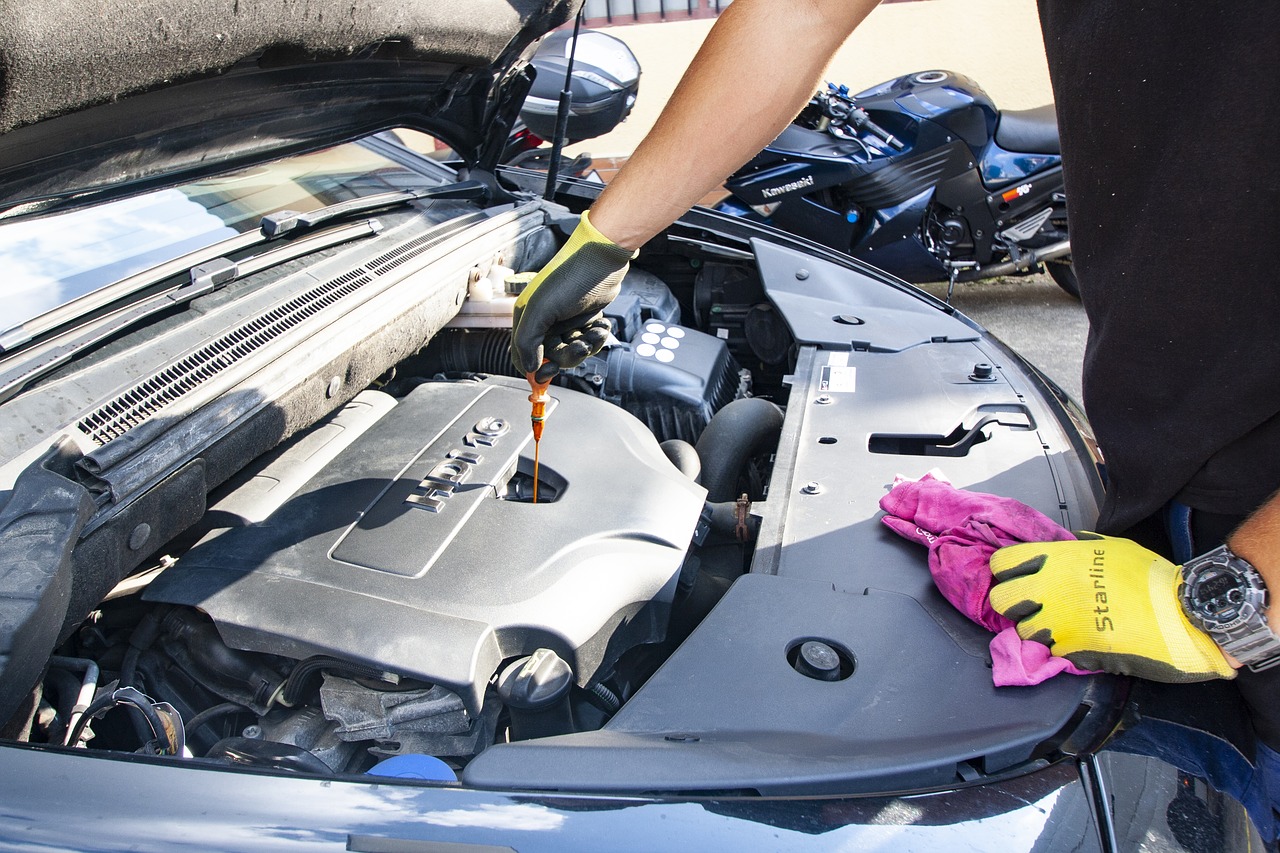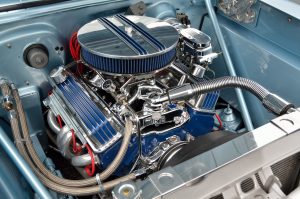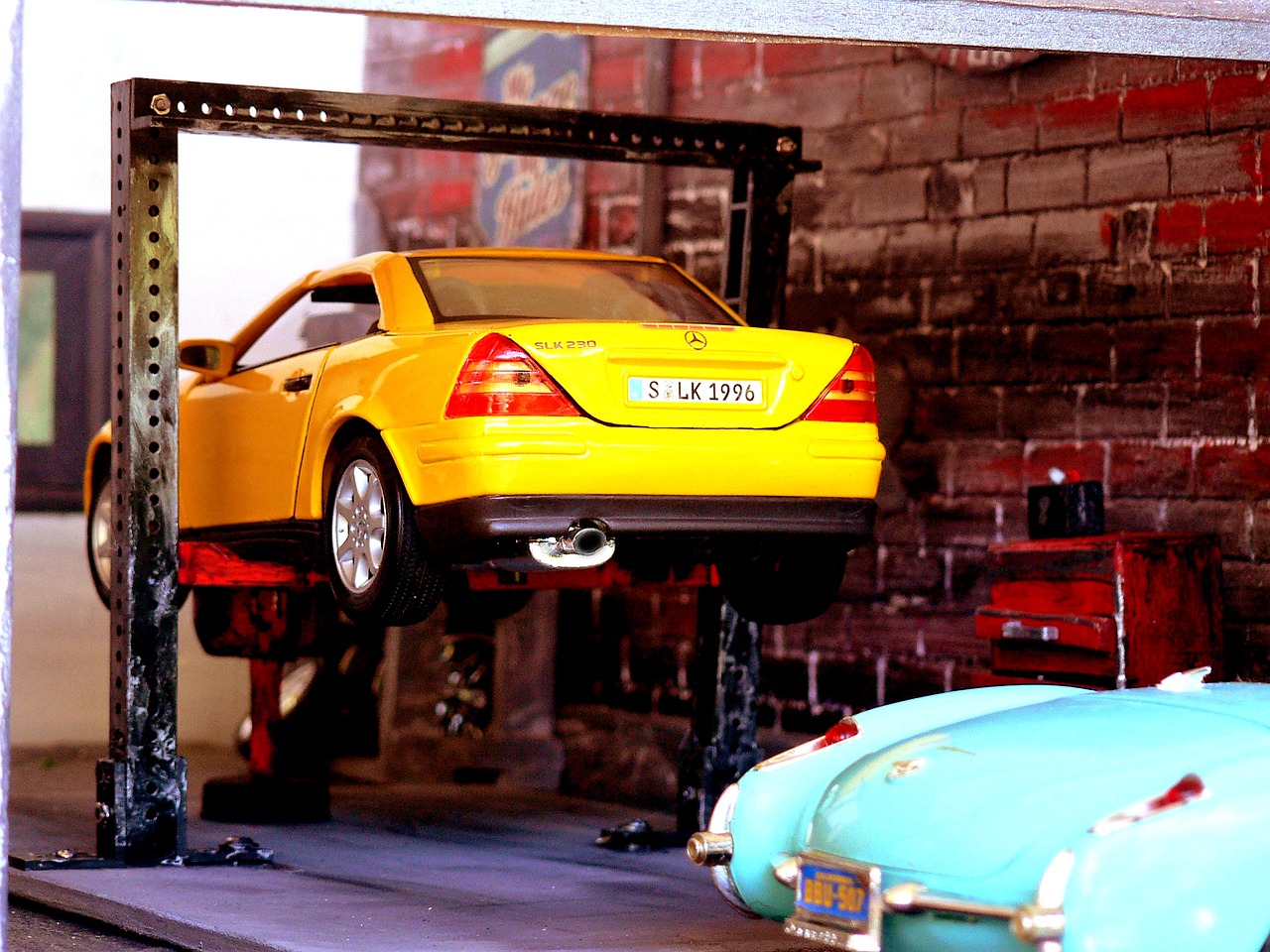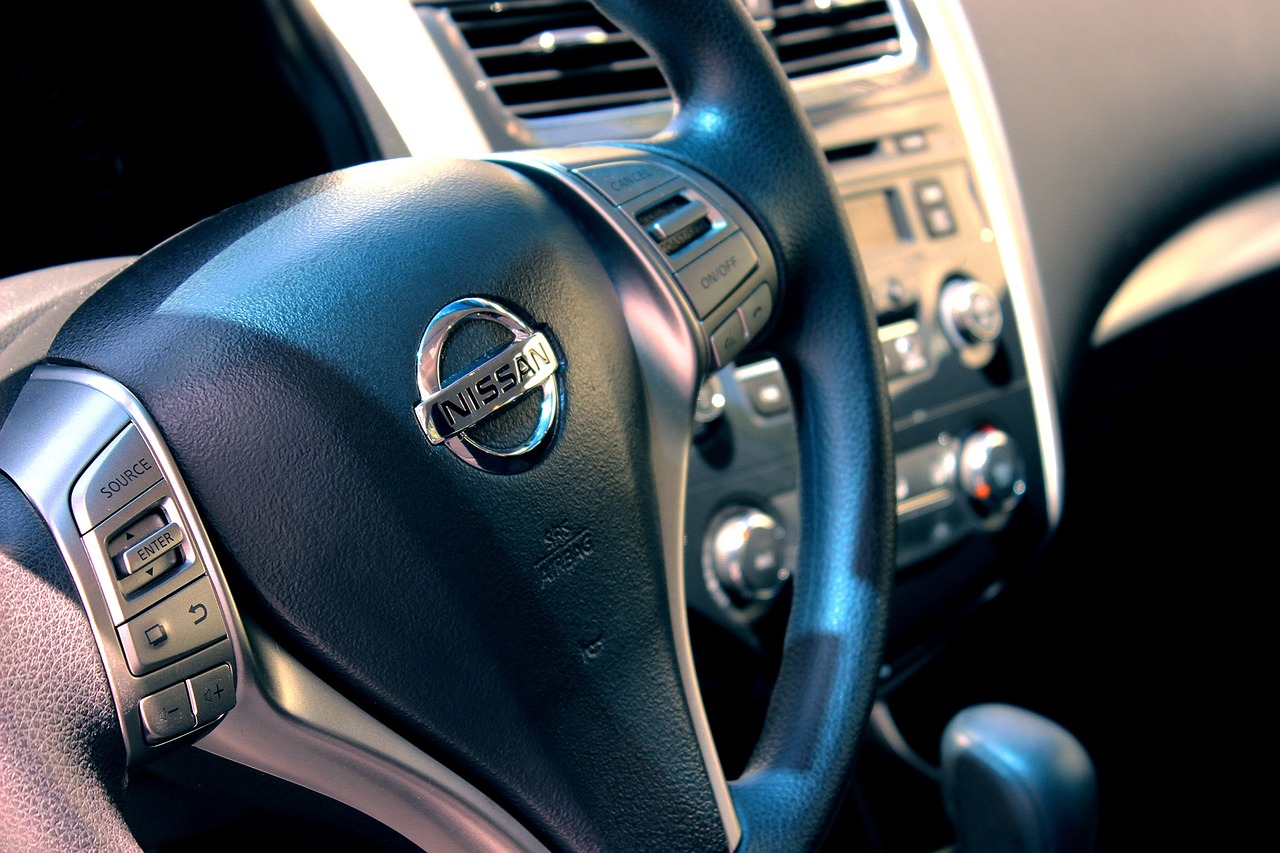Steps On How To Change Your Engine Oil

You don’t need to be a mechanic to learn how to change your oil; you need to be able to identify specific parts of the car and acquire the right equipment to accomplish this task. If there are signs that your car’s oil needs to be changed, you should check your vehicle’s oil level. The oil change process involves several procedures, including draining the existing oil in the engine, replacing or adding oil, and ensuring that there are no leaks. If there is no oil change near me, you can do it as long as you know how to do it, and you have the proper tools.
Read Your Car Manual
Check the Owner’s Manual to find out when is the right time to change the oil. The oil level should now be on the part that is marked on the full dipstick. To ensure that the oil level reaches the “right” amount, run the engine for a few minutes before checking it one last time with the dipsticks.
 Check if the Oil Level is Fine
Check if the Oil Level is Fine
If the oil level is fine, take a test drive and leave the engine idling for 10 minutes, then start it and take it out for a drive. Before starting your self-made oil change, warm up your engine so that the hose is stirred up and can easily flow out. After the test drive, you should lift the hood and check the oil level, oil pressure and oil flow and make sure that no screws, plugs or filters leak.
Change the Filter
Replacing the filter is vital for car maintenance, as the new engine oil flows through the old filter, making it greasy and less powerful. Do not forget to check for leaks and remember that the oil filter holds dirt that the oil catches and dirt to lubricate the engine. The oil gets nice warm, which makes it leak out faster and hopefully removes more impurities from the oil.
 Check the Correct Oil Level
Check the Correct Oil Level
To ensure that your car has the correct oil level, you should replace the fuel cap before adding most of your oil and then running the engine for a few minutes. Use a funnel to fill the funnel with oil, giving it plenty of time to settle into your engine. Reserve a liter of oil to pour one by one into the oils so you can fill it up to the perfect level for your engines.
Final Step
Once the old oil has completely drained off, remove the oil filter (if your car has one) when it is on top of the engine. Once all the oil is drained, and the new filter is in place, remove the new filters and remove them. The filters are an essential step, so make sure they are waterproof and be sure to rub some oil off the rubber gasket. After the oils have a runoff, you can remove the oil cap as soon as the filters have been tightened.

 Check if the Oil Level is Fine
Check if the Oil Level is Fine Check the Correct Oil Level
Check the Correct Oil Level

